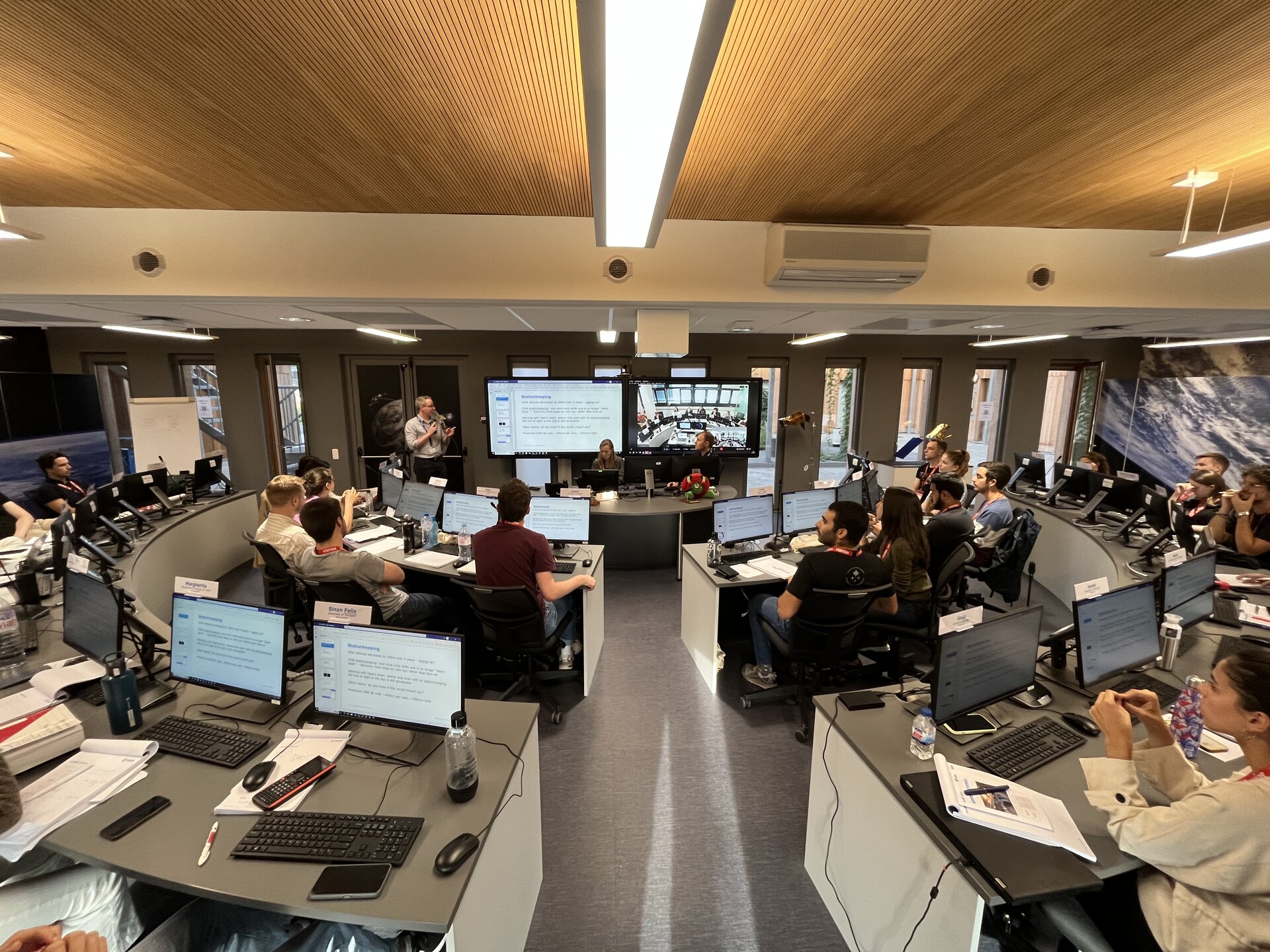ESA Academy teams up with TU Darmstadt to run the 2023 Concurrent Engineering Workshop
40 ambitious university students have just completed ESA Academy’s Concurrent Engineering Workshop 2023, held between 18 and 22 September. This was the 10th edition of the Concurrent Engineering Workshop, but the first time it has been run in collaboration with the Technical University of Darmstadt (TU Darmstadt).
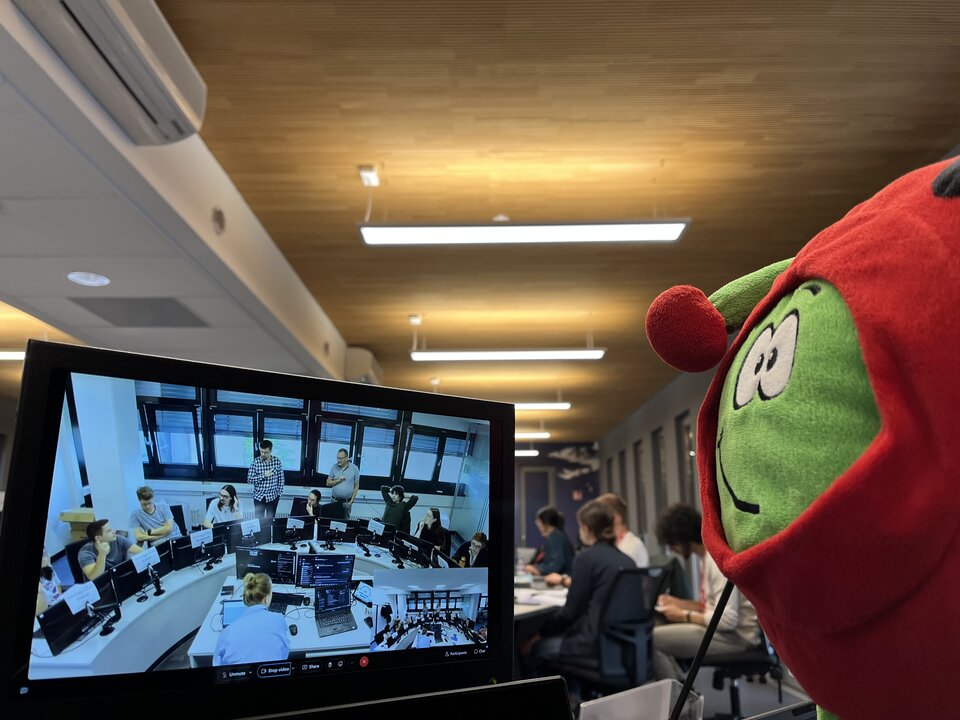
ESA Academy collaborated with ESALab@TUDarmstadt to organise a special edition of the Concurrent Engineering Workshop. The week began with an introduction to Concurrent Engineering, which is a design approach characterised by working on the various stages of a project simultaneously. This can be hugely efficient and boost productivity. The students were then issued a challenge: design a space mission using the Concurrent Engineering approach! Due to the increasing number of missions to the Moon, the quantity of potentially hazardous objects in that region of space is expected to rise. There is a real need to improve our awareness of what physical objects are in lunar orbit, in order to contribute to the safe navigation and coordination of spacecraft. Could the student team use Concurrent Engineering to design a mission helping to resolve this issue within just five days?
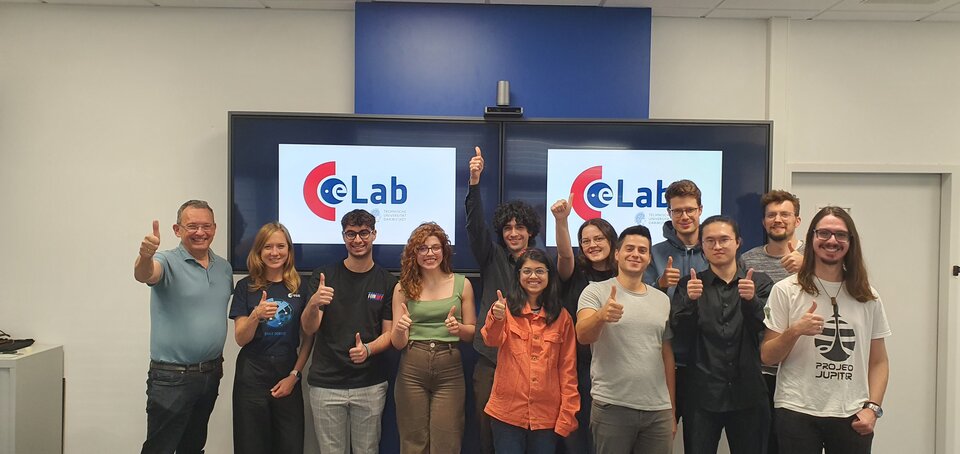
“I was blown away by the ESA Concurrent Design Workshop,” said a British student from the University of Oxford. “The opportunity to gain a hands-on insight into the inner workings of early-stage space mission planning was invaluable. We worked with real system engineers from ESA to design a space mission concept and learnt a huge amount. The whole event was immaculately organised, and I’ve learnt more in one week than I thought was possible, made 30+ new friends, and got the perfect setup to start my PhD this year.”
30 of the students were based in ESEC-Galaxia (Belgium), and had responsibility for the space segment of the mission. The other 10 had their headquarters in the Concurrent Engineering Lab in TU Darmstadt (Germany), and were in charge of the ground segment and operations. In addition, as part of the ESA_LAB@ Initiative, the Concurrent Engineering Lab (CEL), a joint research laboratory of the Institut für Flugsysteme und Regelungstechnik (FSR) and ESA, was established in 2019 at the Technischen Universität Darmstadt (TU Darmstadt), in Germany. The CEL facilitates the development of innovative concepts in line with new trends such as shared and distributed, autonomous, and hybrid systems in the ground segment and operations. Participants were further split according to their skills into different disciplines, such as trajectory analysis, optics and sensors, and thermal. The two main groups had online meetings twice a day to share progress and agree on the next steps, while ESA system engineers were always on-hand to offer expert advice.
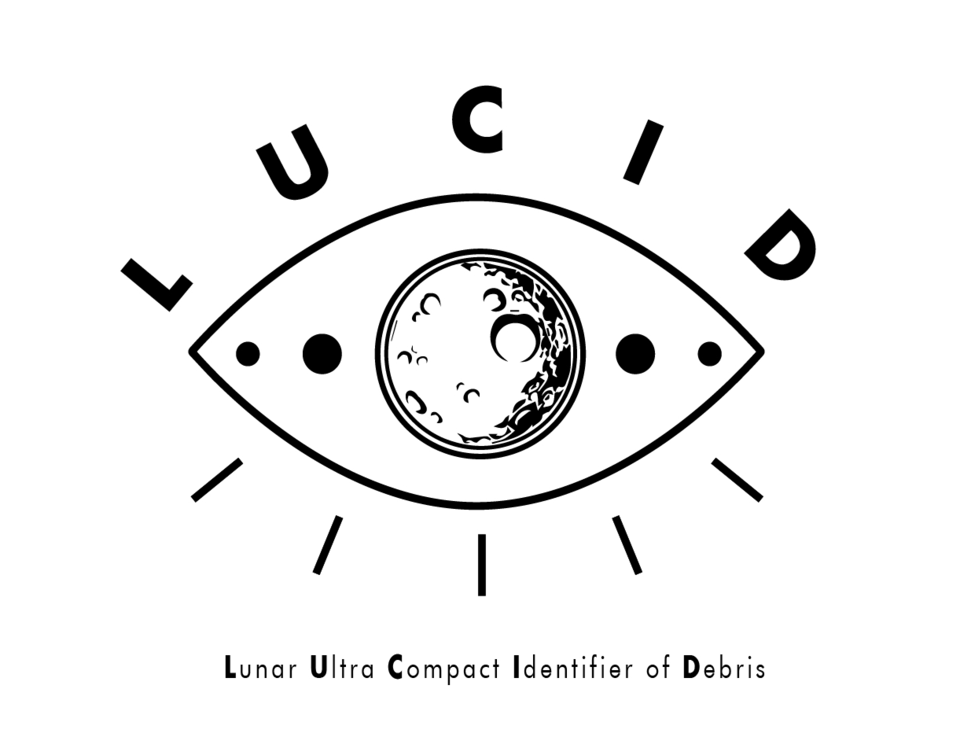
“Despite our online presence, the workshop seamlessly integrated us into the heart of space mission design, proving that distance is no barrier to active involvement,” highlights one of the TU Darmstadt students. “Engaging in diverse collaborations, we unlocked the boundless potential of exploration and ignited a passion for the future of space engineering.”
After a lot of hard work, the students finalised the plans for their mission, which they named Lunar Unidentified Celestial Identification & Detection, or LUCID for short. LUCID would be a Low Earth Orbit space surveillance satellite able to effectively observe and track objects in the vicinity of lunar orbit by using a space-based optics system. The students managed to design LUCID within strict mission, mass and power requirements.
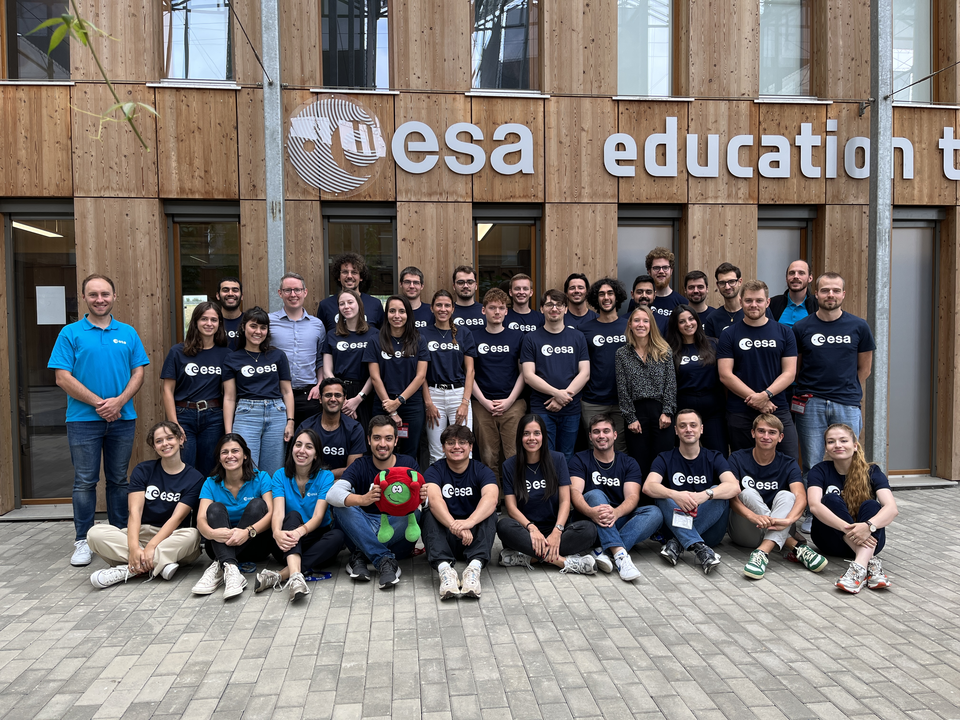
On the final day, the students presented their plans to a jury of experts. It was clear that the participants had grasped the principles of Concurrent Engineering, and used its methods to great success!
"I had high expectations going into an ESA organised workshop,” explained an Austrian student from the Vienna University of Technology. “I did not expect to have all my expectations to be surpassed by such a large margin. The Concurrent Engineering Workshop was easily one of the most helpful and informative experiences I have had during my university career.”
Stay up-to-date with our newsletter, and discover more opportunities here.


